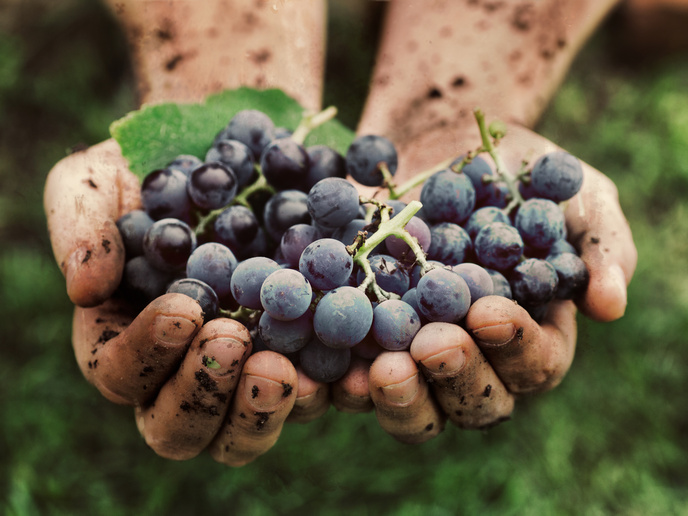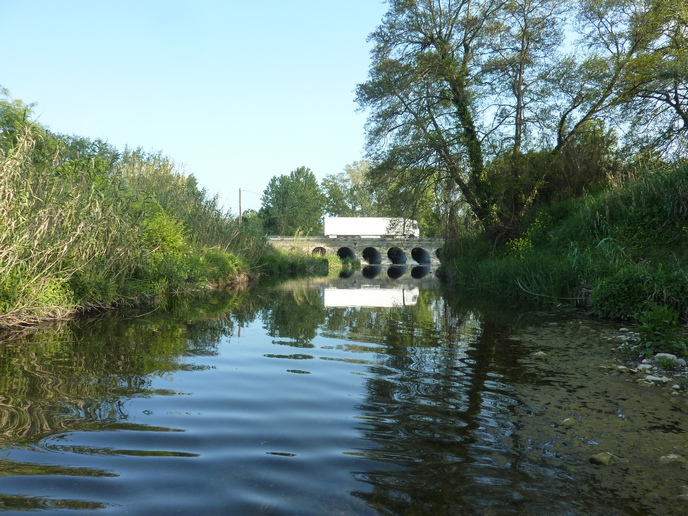How AI can boost Europe’s wine industry
The agricultural sector as a whole is under intense pressure these days. Not only do farmers need to feed a growing global population, they also need to work in more sustainable ways to protect the environment for future generations. Climate change is also impacting farming practices. Changing weather patterns, as well as droughts and floods, can affect productivity. To address these challenges and achieve production efficiencies, farmers are increasingly turning to new technologies such as precision agriculture. “Precision agriculture is a farm management strategy that utilises tools like AI and robotics, to ensure optimal health and crop quality,” explains BACCHUS(opens in new window) project coordinator Zoe Doulgeri from Aristotle University of Thessaloniki(opens in new window) in Greece. “Smart automated and selective harvesting, in particular, can lead to considerable productivity improvements, by leaving unripe crops in the field to mature.”
Challenges facing automated harvesting
In order to ensure that such automation brings benefits however, farmers need to be sure that robotic systems have the same dexterity as human workers. During grape picking for example, the presence of trunks, branches and heavy foliage can make effective harvesting challenging. “Crops are often hidden by these leaves and branches,” notes Doulgeri. “As a result, optimal viewing and careful cutting can be difficult for robotic harvesters. Being able to accurately estimate the maturity of a crop is another challenge.”
Robots with advanced cognitive capabilities
A key aim of the BACCHUS project was to find ways of improving the monitoring and harvesting of grapes. The project team wanted to see if precision agriculture tools could be the key to carrying out these operations in a cost-effective and efficient way. “We developed two collaborating robots that couple inspection and selective harvesting operations,” says Doulgeri. “They are equipped with high-technology sensors and analytical tools.” These tools included visual and hyperspectral imaging, which are used to map the field and monitor crops during the growing season, to predict the yield. In addition to inspecting crops and collecting data, one of the robots was also designed to perform bi-manual harvesting operations. One of its arms was equipped with a gripper adaptable to the shape and size of the crop, while another contained a camera and cutter to view and cut stems. Finally, the robots were equipped with advanced cognitive capabilities and decision-making skills, enabling the robot to determine whether a crop should be harvested or left on the vine.
AI and sensory technology in vineyards
The prototype robot platform was trialled in a vineyard and applied to different grape types. This enabled the project team to assess how AI and sensory technology could be used to accurately determine the maturity of crops, and how harvesting robots could be used to selectively harvest grapes. The application of these innovations could help winemakers achieve significant cost savings, through cutting unnecessary labour costs and achieving increased quality and value in the final product. For Doulgeri and her team, this is also a question of improving the working conditions of farmers and labourers, through automating some of the back-breaking work involved in winemaking. “Next steps include further refining these technologies, based on some of the lessons we’ve learned from these deployments,” adds Doulgeri. “We also want to further develop our system in order to make it financially attractive.”







